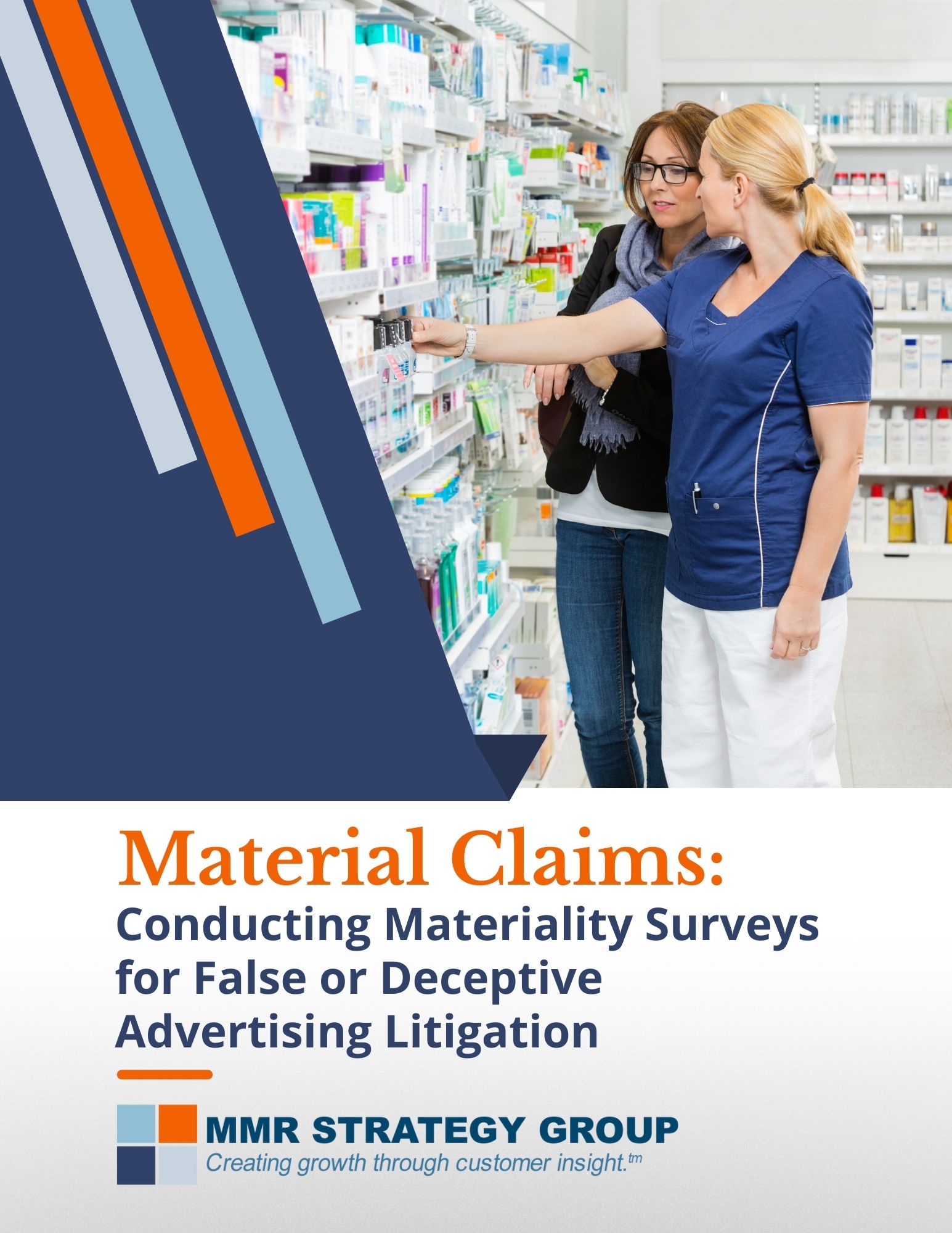Likelihood of Dilution
Unauthorized use of a famous trademark can dilute that mark by blurring the line between the users, or tarnishing the mark by association with an unflattering or offensive brand. MMR Strategy Group offers surveys that measure likelihood of dilution. We have offered surveys and expert testimony in a variety of venues, including the Trademark Trial and Appeal Board of the U.S. Patent and Trademark Office as well as federal courts.
Because dilution requires fame–and often goes hand in hand with allegations of consumer confusion–we frequently conduct dilution surveys alongside fame, awareness, or likelihood of confusion surveys.

What is Dilution, and How Does a Survey Measure Likelihood of Dilution?
In federal law, dilution is defined by the Trademark Dilution Revision Act (TDRA). According to the TDRA, dilution can involve blurring, which is an association between a junior and senior user that “impairs the distinctiveness of the famous mark” (Sec.2(2)(B)(1)). Dilution can also involve tarnishment, which is an association that “harms the reputation of the famous mark” (Sec.2(2)(C)(1)).
MMR Strategy Group survey experts may design a survey to measure dilution that focuses on blurring or tarnishment of a trademark. A survey measuring blurring assesses whether or not consumers make an association between the junior and senior users of the mark. Whereas a survey measuring tarnishment assesses whether or not the junior user has harmed associations for the senior user’s mark.
The TDRA restricts dilution to trademarks that are “widely recognized by the general consuming public,” as opposed to a niche group of consumers. Because of this restriction, matters involving dilution may also require evidence or research on fame or brand awareness.
Explore Our Library
Review Litigation Survey Resources
Featured Blog Article

To Opt In or to Opt Out: Negative Option Marketing Guidance Minted by Consumer Surveys
Featured White Paper

Materiality Claims: Conducting Materiality Surveys for False or Deceptive Advertising Litigation
Featured case study
